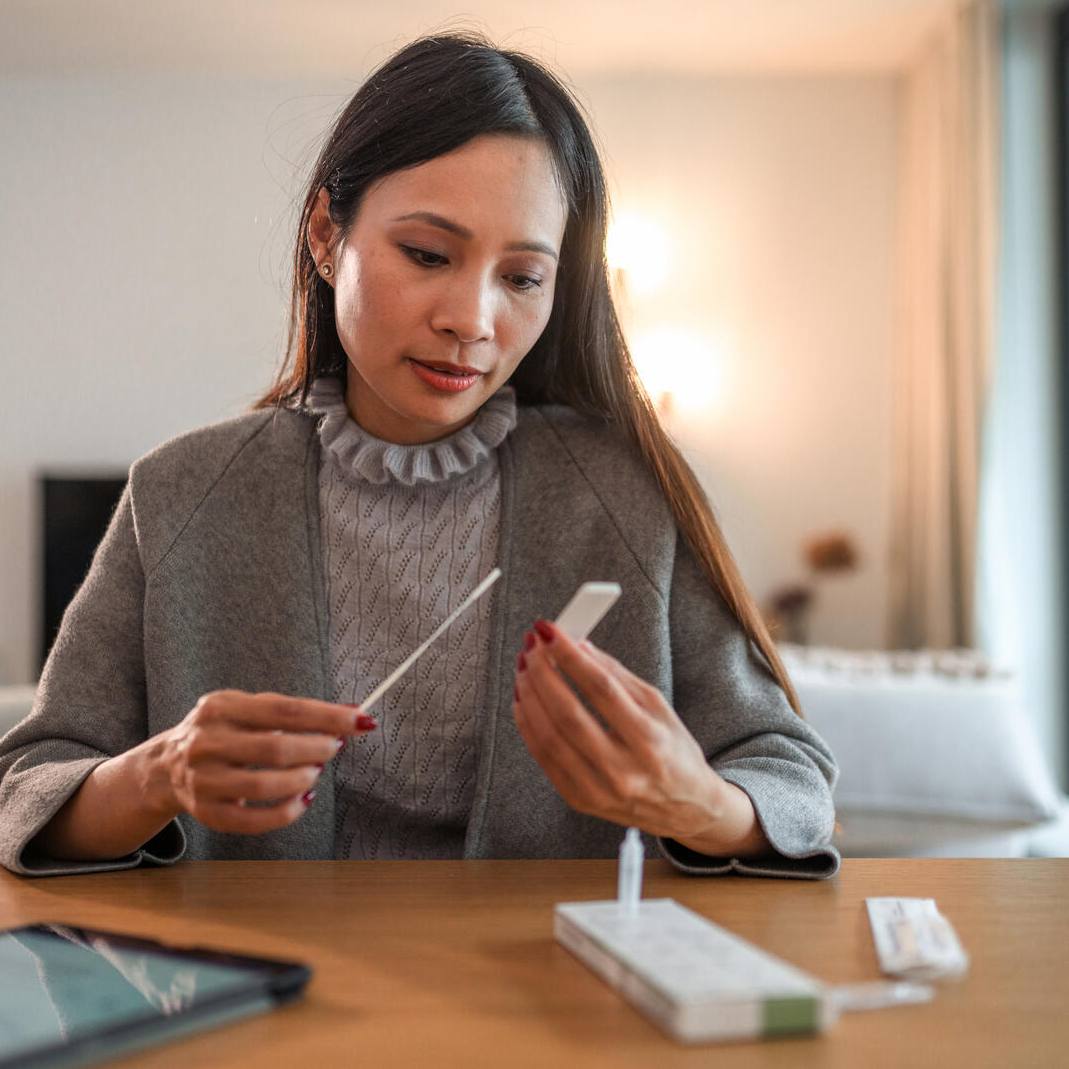
Flu season is just now unfolding. But this time, it’s piggy-backed with a pandemic, which threatens to spike with the colder weather as people huddle indoors. Adding to this conundrum is the unsettling fact that, for both COVID-19 and the flu, the symptoms overlap.
“It’s almost impossible to distinguish between COVID-19 and influenza because, in the early parts of both diseases, people can have a fever, cough, sore throat, and body aches. Infections caused by these viruses have to be confirmed through testing.”
Matthew Binnicker, Ph.D.
In light of this unprecedented health threat, Mayo has designed an algorithmic approach by which each patient can be more accurately assessed when calling in symptoms to the clinic’s nurse hotline. There are two versions of the algorithm, the more complex version being for in-house use only, and a more simplified version (launched on October 13) meant for Mayo Clinic Laboratories’ external clients, which include the top medical centers and multidisciplinary clinics in the United States.
“The external version is focused more on testing recommendations rather than treatment or management,” says Joseph Yao, M.D., director of Mayo’s Hepatitis/HIV Laboratory in the Division of Clinical Microbiology.
“We wanted our Mayo Clinic Laboratories’ clients to have this more simplified testing algorithm as a resource to guide them on testing decisions for flu and COVID.”
Joseph Yao, M.D.
For both versions, the testing platform is supported by three types of tests:
- SARS-CoV-2 (the virus that causes COVID-19) alone
- SARS-CoV-2 testing + Influenza A/B
- *SARS-CoV-2 + Influenza A/B + RSV (respiratory syncytial virus, a common virus that usually causes mild, cold-like symptoms, but can sometimes be serious, especially for infants and adults with underlying health conditions)
* This third option is being validated at Mayo Clinic Laboratories and should be available later in 2020.
“The internal version is actually meant for our triage nurses to use to advise patients, so it’s more detailed and has more paths,” says Dr. Yao. “The algorithm is based on input from our primary care practice groups, our infectious diseases practice groups, and also the Clinical Virology Laboratory. Representatives from these three groups came together to look at the current specialty practice guidelines then adapted and operationalized it for clinical practice at Mayo.”
By using the algorithm, triage nurses can then direct individuals to have appropriate testing based on their described symptoms.
Read the rest of this article written by Christoph Bahn on Advancing the Science blog.
____________________________________________
Other Mayo Clinic medical research websites:
- Research at Mayo Clinic
- Discovery’s Edge
- Advancing the Science
- Forefront
- Mayo Clinic Center for Individualized Medicine
- Center for Regenerative Medicine
- Center for the Science of Health Care Delivery







